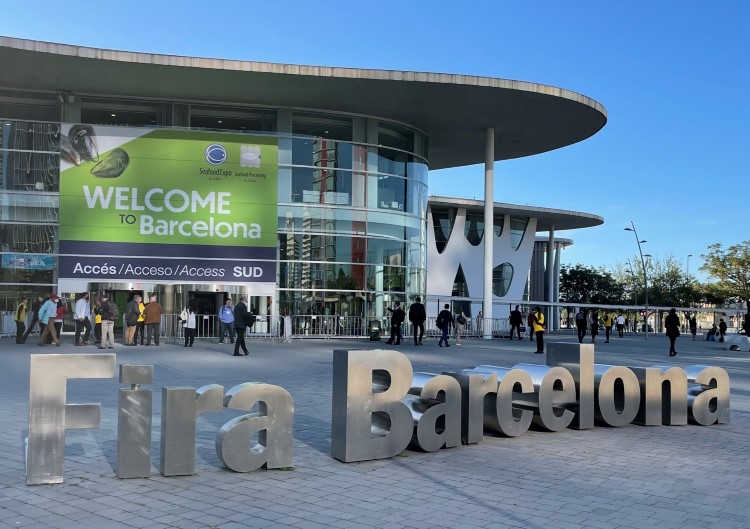Best Aquaculture Practices Food Safety Facts
November, 2010
Food Safety Priority
Companies within the Best Aquaculture Practices certification program can share with their customers, business partners and consumers that participation in BAP provides assurances that seafood is produced with food safety as the top priority.
BAP audits food safety throughout the aquaculture production process, from hatchery and feed mill to farm and processing plant, which is not done in some certification schemes. In fact, last year, BAP was included in a U.S. Food and Drug Administration pilot study on the use of third-party certification to improve the food safety of imported farmed shrimp.
Following are examples of required compliance for BAP facilities. Facilities found out of compliance are not approved for certification until appropriate corrective actions are implemented.
BAP Farm Standards
All BAP standards examine chemical use and related food safety. In the BAP standards for tilapia farms, Pangasius farms, shrimp farms and channel catfish farms:
- Due to potential human health hazards, human waste and untreated animal manure cannot enter pond areas. Livestock must be controlled, and runoff from barns and other facilities shall not enter ponds. Domestic sewage must be treated and properly disposed of.
- All use of chloramphenicol, nitrofuran antibiotics and malachite green is banned. Antibiotic treatments with approved drugs must be recorded and conducted by a fish health specialist. Then tests for possible harmful drug residues are performed.
- Hormones may not be given to fish intended for human consumption beyond the hatchery stage.
- Aquaculture farms may not be sited in locations where previous agriculture activities may have deposited pesticides or heavy metals in the soil and water. Regular area monitoring examines potentially harmful chemical use.
- Farms must comply with all government environmental regulations for drug use, as well as land and water use.
BAP Plant Standards
- Seafood processing plants must have current hazard analysis critical control point (HACCP) plans that minimize the risks of food safety hazards by controlling both the production process and the environment in which it takes place.
- Plants must regularly test seafood for microbiological contamination (e.g., Salmonella) as well as pesticide and drug residues. The detection of positive samples leads to immediate corrective action or loss of certification.
- In addition, plant HACCP plans must include environmental controls that prevent adulteration of products through rigorous cleaning, sanitizing, exclusion of pests and waste control.
- To confirm compliance, BAP auditors take physical product samples during site audits that are processed by independent labs to verify in-plant procedures yield expected food safety results.



